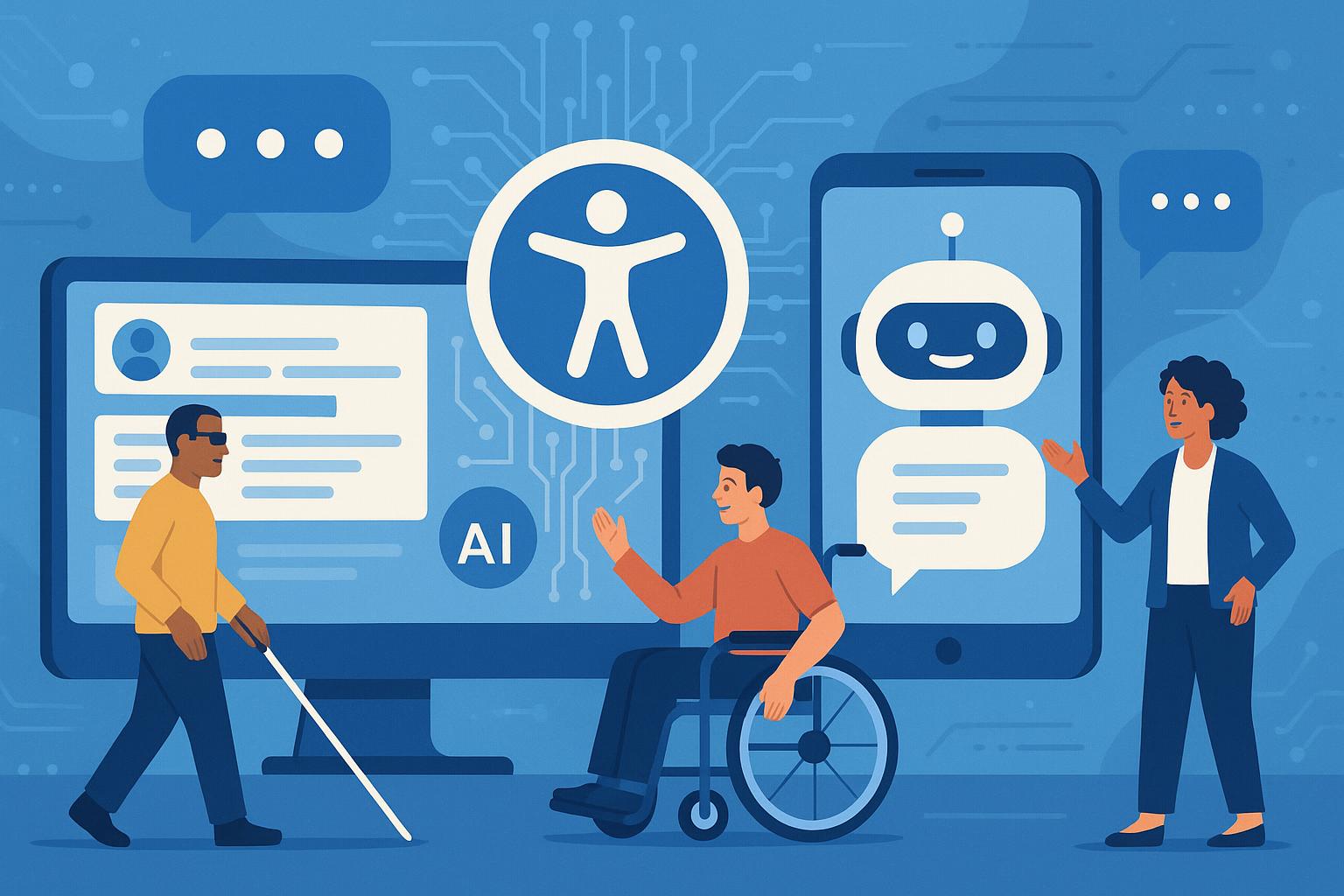Ensuring Privacy and Security in Healthcare Chatbot Design
In the rapidly evolving healthcare industry, the integration of advanced technologies like chatbots is becoming increasingly common to enhance patient engagement and optimize administrative processes. Despite the benefits, the primary concern remains the privacy and security of patient data. This article explores best practices for maintaining confidentiality and trust when designing chatbot user interfaces (UI) and user experiences (UX) in healthcare settings.
The Critical Role of Digital Transformation in Healthcare
Digital transformation in healthcare goes beyond adopting new technologies; it redefines patient interactions and streamlines operations. Chatbots, powered by sophisticated algorithms and capable of mimicking human interactions, are pivotal in this transformation. They provide 24/7 patient support, facilitate appointment scheduling, and handle routine inquiries, significantly freeing up medical staff to focus on more complex tasks.
Chatbot Design Considerations for Various Healthcare Professionals
Medical Doctors and Specialists
For medical doctors, chatbots can manage preliminary patient consultations and follow-up care instructions, reducing wait times and improving patient throughput. It is crucial that these chatbots ensure accurate medical information exchange and integrate seamlessly with electronic health records (EHR), while complying with HIPAA regulations to protect patient data.
Eye Doctors
For eye doctors, chatbots can assist in educating patients about eye health and scheduling regular check-ups. The chatbot UI should be designed with larger fonts and high-contrast color schemes to accommodate patients with visual impairments, ensuring accessibility and ease of use.
Dentists
Dentists can utilize chatbots to streamline appointment bookings and send reminders for regular dental check-ups. Privacy and security measures are critical, especially when handling personal health information.
Medical Assistants
Medical assistants can use chatbots to manage patient flow, update patient records, and address billing queries. The chatbot design should be intuitive, allowing for easy integration into existing workflows without a steep learning curve.
Practice Managers
Chatbots can support practice managers by automating patient intake forms, insurance verifications, and compliance checks. The design must include robust security measures to protect sensitive information and provide comprehensive logs for auditing purposes.
Therapists
For therapists, maintaining confidentiality is essential. Chatbots can help schedule appointments and conduct initial assessments, ensuring that these digital platforms provide a secure, encrypted channel for communication.
Best Practices for Privacy and Security in Chatbot Design
- Data Encryption: Ensure all data transmitted by chatbots is encrypted using robust protocols like TLS to prevent data interception.
- User Authentication: Implement strong authentication measures to ensure that only authorized users can access the chatbot.
- Compliance with Healthcare Regulations: Chatbots must adhere to healthcare regulations such as HIPAA in the U.S., which mandates standards for the protection of sensitive patient data.
- Regular Audits: Conduct security audits and penetration testing regularly to identify and address potential vulnerabilities in chatbot applications.
Hypothetical Scenario: Improving Efficiency in a Dental Clinic
Imagine a busy dental clinic that implements a chatbot to manage appointment scheduling and patient reminders. The clinic ensures the chatbot uses end-to-end encryption and integrates seamlessly with their existing EHR system. The chatbot is configured to authenticate users securely before they can access any personal health information. After six months, the clinic notices a 30% reduction in administrative workload and a marked improvement in patient satisfaction due to decreased wait times and enhanced communication.
Actionable Insights for Healthcare Professionals
- Assess Your Needs: Identify specific tasks that a chatbot can automate in your practice, focusing on those that will most significantly enhance efficiency and patient satisfaction.
- Choose the Right Platform: Opt for a chatbot platform that offers robust security features, complies with healthcare regulations, and integrates smoothly with your existing systems.
- Customize Thoughtfully: Collaborate with experienced developers to tailor the chatbot’s UI/UX, ensuring it is intuitive for both staff and patients while consistently maintaining privacy and security.
Conclusion
As healthcare continues to advance in the digital age, chatbots emerge as a powerful tool for enhancing patient care and operational efficiency. However, the design and implementation of these digital assistants must prioritize privacy and security to maintain trust and compliance. By adhering to best practices and focusing on the specific needs of their practices, healthcare professionals can leverage chatbots to not only meet but exceed patient and regulatory expectations.
Embracing these technologies thoughtfully ensures that healthcare providers can deliver top-tier care while safeguarding the sensitive information inherent to their operations.















